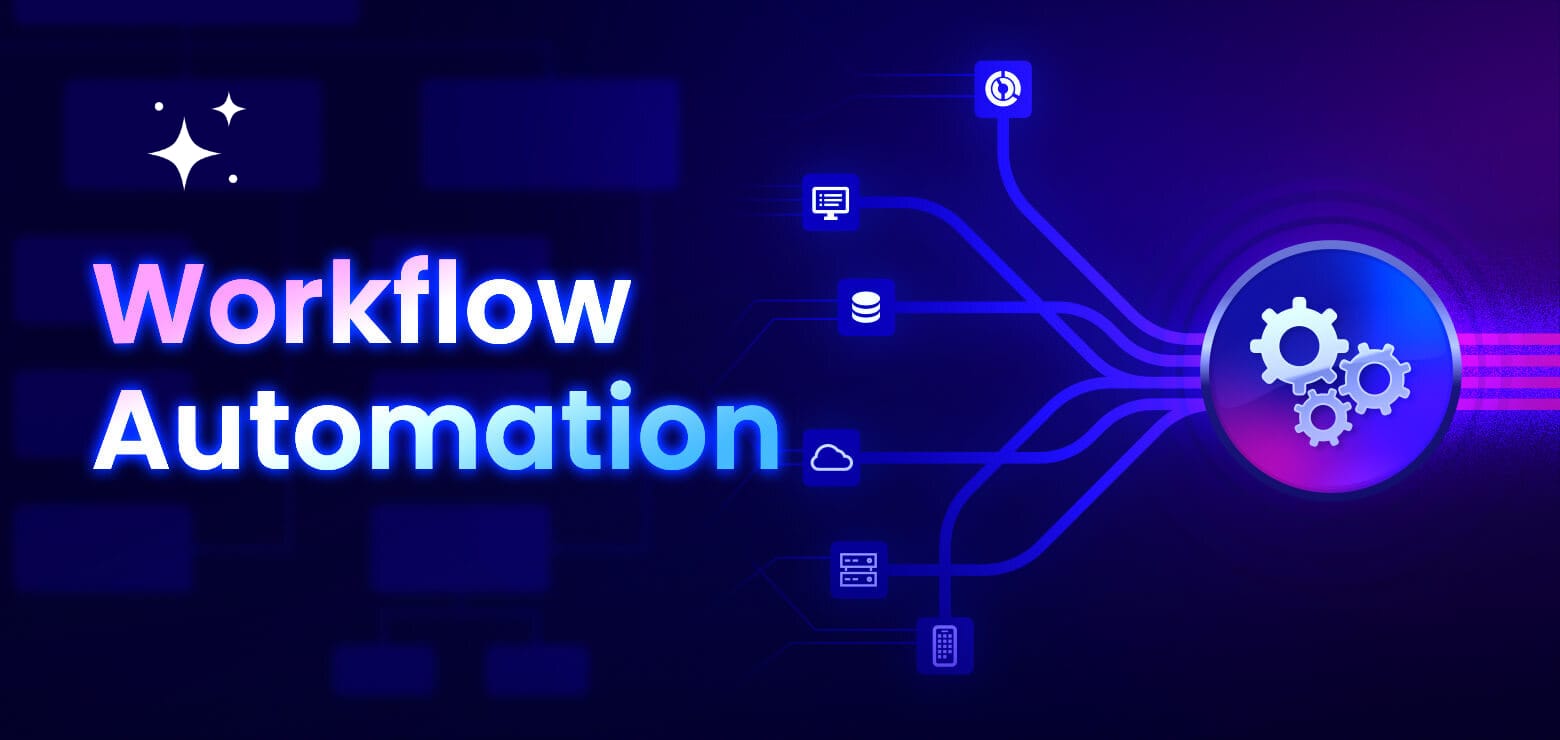AI Workflow Automation at Scale: A Roadmap for High-Growth Teams

In today’s hypercompetitive landscape, speed, accuracy, and scalability are not optional they’re survival mechanisms. For high-growth teams, AI-driven workflow automation is no longer a luxury. It's the operating system of scale.
In this guide, we’ll unpack how to architect AI workflow automation that grows with you and doesn’t break under pressure.
Why Traditional Automation Breaks at Scale
Most companies begin their automation journey with ad hoc tools: simple Zapier flows, Make.com integrations, and shared Google Sheets. This works until it doesn’t.
As you grow, the problems emerge:
- Shadow automations that nobody controls
- Platform limits and API throttling
- Unmonitored logic bugs causing silent failures
- Zero auditability or compliance oversight
Scaling automation means treating your workflows like software infrastructure with documentation, versioning, monitoring, and ownership.
What ‘Workflow Automation at Scale’ Really Means
It’s not just about plugging in more tools. It’s about building a cohesive automation architecture that integrates:
- AI agents that can make decisions, not just follow triggers
- Custom middleware that orchestrates flows across your stack
- Event-driven systems that replace static if-this-then-that logic
- Logging and monitoring layers for transparency and compliance
A Scalable Automation Roadmap
Here’s how high-growth teams can build it right from the start.
Phase 1: Audit and Align
- Map out current workflows, tools, and failure points
- Identify manual steps that bottleneck key processes
- Define ownership: who maintains what?
Phase 2: Modularize Workflows
- Break processes into composable modules (e.g. lead intake, qualification, routing)
- Separate business logic from platform logic
- Create shared components (e.g. a single Slack notification handler)
Phase 3: Introduce AI Layers
- Use GPT-based agents for lead qualification, routing, or summarization
- Set confidence thresholds before human handoff
- Document and version all AI prompts and models used
Phase 4: Enforce Governance
- Centralize logs and error reports
- Add fallback rules for failure scenarios
- Build in opt-out, consent, or compliance checks (especially in HR, Finance, etc.)
Example Use Case: Sales Pipeline Automation
Imagine your CRM connects to a GPT-based lead qualifier, which feeds into a custom routing middleware. Based on intent and budget, it books a call, triggers onboarding prep, and alerts the right Slack channel.
You now have a scalable, intelligent, and auditable pipeline ready to handle 10 leads a day or 1,000.
Why Middleware Is Essential
Off-the-shelf tools like Make or Zapier are great starting points, but they lack visibility, control, and compliance. To scale responsibly, you need custom middleware that:
- Tracks AI decisions
- Logs every data exchange
- Routes data with logic unique to your org
- Allows human override when needed
Scalevise Can Help
We specialize in building modular, AI-enhanced automation stacks that scale. From AI agent integration to custom workflow orchestration, we help high-growth teams move faster without losing control.
- Discover how AI transforms workflows
- See how we automated onboarding
- Explore our AI middleware approach
Ready to automate at scale? Contact us
